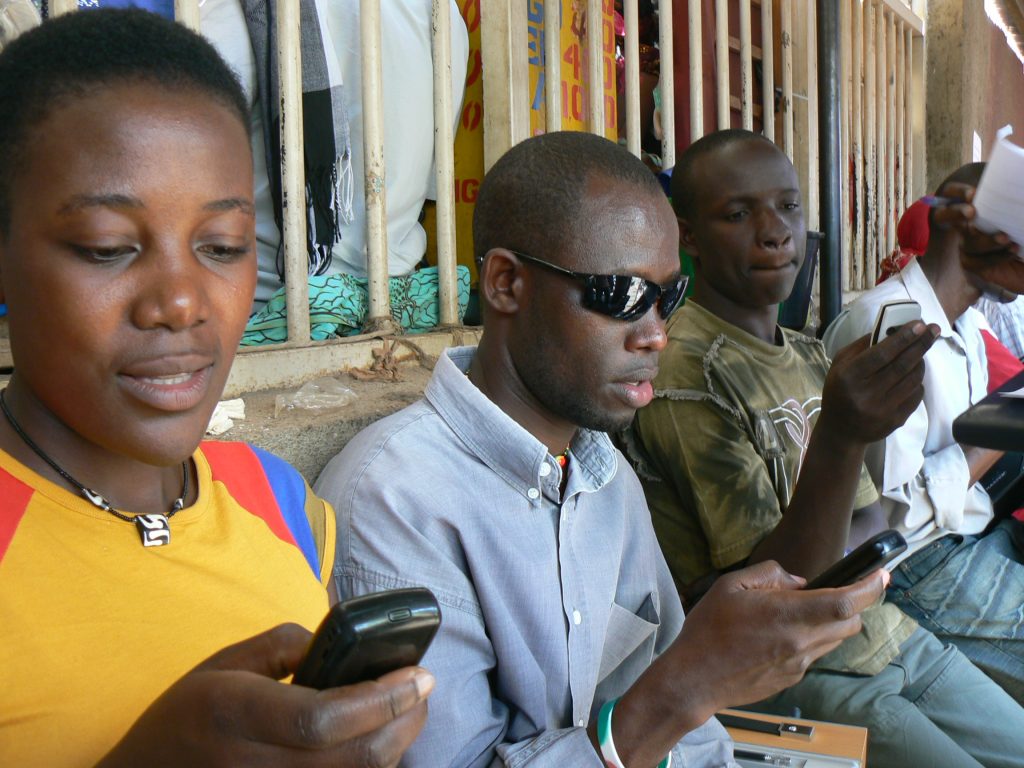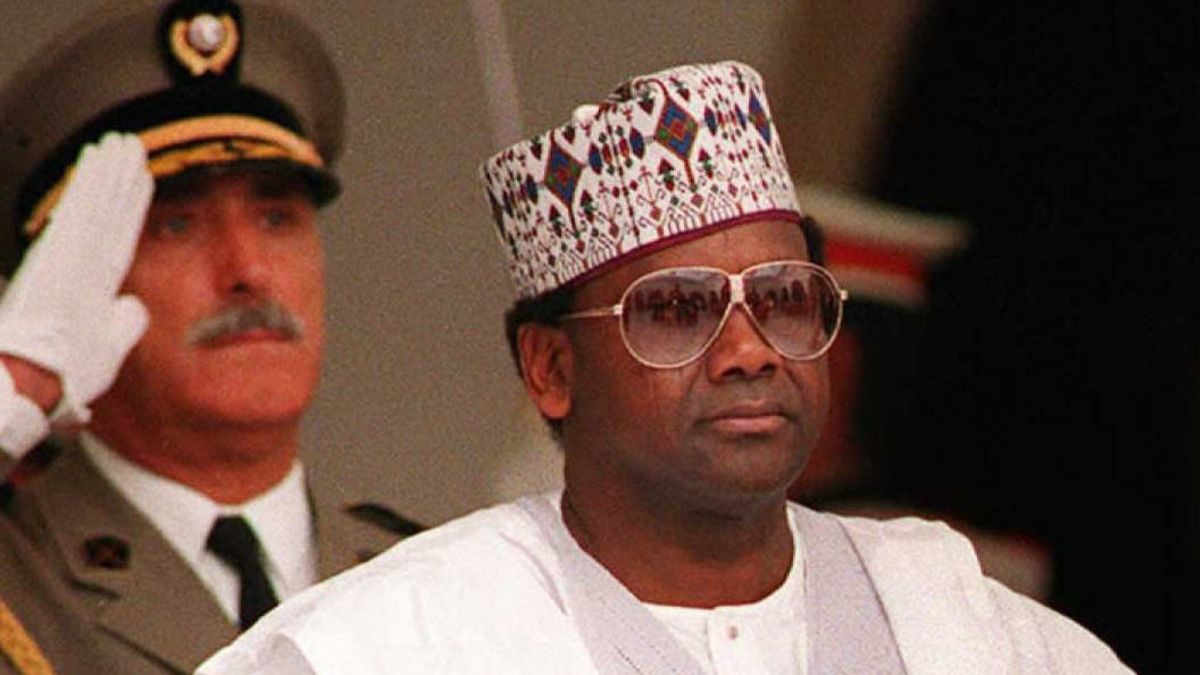Despite tremendous advances in digital technology, millions of women and girls around the world remain excluded from the benefits of connectivity. While global internet access continues to rise, a persistent gender gap threatens to leave half the population behind—widening social disparities, curbing economic participation, and silencing voices in a world increasingly shaped by digital interaction.
According to the International Telecommunication Union (ITU), 70 percent of men use the internet globally compared to just 65 percent of women.
Though the global gap has narrowed in recent years—from 17 percent in 2019 to 7 percent in 2023—it masks deeper, more troubling inequalities in low-income countries, where women are far more likely to be disconnected.

A Gendered Disconnect
In Sub-Saharan Africa, South Asia, and parts of the Middle East, the digital gender divide is not just about access—it is about opportunity.
UNICEF reports that 90 percent of adolescent girls and young women aged 15–24 in the poorest countries are offline, compared with 78 percent of boys.
This is not merely a technical issue; it reflects structural inequality. Without internet access, girls are less able to pursue online learning, engage in civic discourse, or compete in the job market.
The Global System for Mobile Communications Association (GSMA) 2024 Mobile Gender Gap Report notes that women in low- and middle-income countries are 15 percent less likely to use mobile internet than men.
In some nations, the gap is even wider—reaching over 40 percent in countries like Pakistan and Bangladesh. Mobile phones are often a woman’s only potential entry point to the digital world. Without access to one, or the confidence to use it, their exclusion is complete.

The Skills Deficit
The divide is not only physical—it is also educational.
UNICEF’s data show that for every 100 digitally literate boys, only 65 girls possess equivalent skills. This shortfall in digital education prevents women from leveraging online platforms for work, study, or innovation.
Professor Bitange Ndemo, Kenya’s former ICT Secretary and current UNESCO Chair of Data and Digital Economy, argues that digital literacy must become a fundamental right.
“In today’s world, digital illiteracy is the new illiteracy. When we deny women digital skills, we’re denying them the tools of economic survival and social engagement,” Professor Ndemo said.

An Economic Barrier to Progress
The cost of this exclusion is immense. A 2023 study by the World Wide Web Foundation estimated that closing the digital gender gap could boost GDP in emerging economies by $1 trillion over the next decade.
Women entrepreneurs, in particular, are disproportionately affected. The Cherie Blair Foundation for Women found that nearly half of female-led businesses in developing countries cite lack of internet access as a major barrier to growth.
Even among those with internet-enabled phones, cost remains a formidable obstacle. In many countries, data is prohibitively expensive, with women frequently prioritising family needs over their own connectivity.
The inability to afford reliable access locks them out of digital banking, health services, and markets for their products.

Culture, Safety, and Silencing
Cultural barriers and online safety concerns also drive the digital divide. In conservative settings, women are often discouraged—or even banned—from using digital devices. In others, the threat of cyberbullying and online harassment deters their participation.
A UK study published in early 2024 found that only 24 percent of women feel safe sharing their political views online, compared to nearly 40 percent of men.
This fear of harassment contributes to what researchers at the OECD call “digital muting”—a phenomenon in which women self-censor or opt out of digital spaces entirely. The result is not just a loss of individual voices, but a shrinking of the digital public sphere.

Bridging the Divide
Addressing the digital gender divide requires sustained, coordinated action:
-
Infrastructure expansion must target underserved rural areas, prioritising low-income and marginalised communities where women are most disconnected.
-
Subsidised devices and data plans can make access more affordable for women-led households.
-
Inclusive education policies should ensure digital literacy programmes are accessible to women and girls from early schooling through adulthood.
-
Online safety frameworks, including gender-sensitive reporting tools and harassment protections, can create safer spaces for women to engage.
-
Cultural advocacy and media campaigns must challenge the stereotypes that frame digital spaces as male-dominated.
Governments, the private sector, and civil society all have a role to play. As Doreen Bogdan-Martin, Secretary-General of the ITU, stated at the 2023 Digital Inclusion Summit, “When we connect women, we empower families, communities, and entire nations.”
In Conclusion
The digital gender divide is not a fringe issue. It is a defining challenge of our time—one that determines who participates in the economy, who benefits from innovation, and who gets to shape the future. Closing this divide is not simply about fairness. It is about ensuring that as technology transforms the world, it does not do so at the expense of women and girls.
Digital equality is not a luxury. It is a necessity—and a right.







